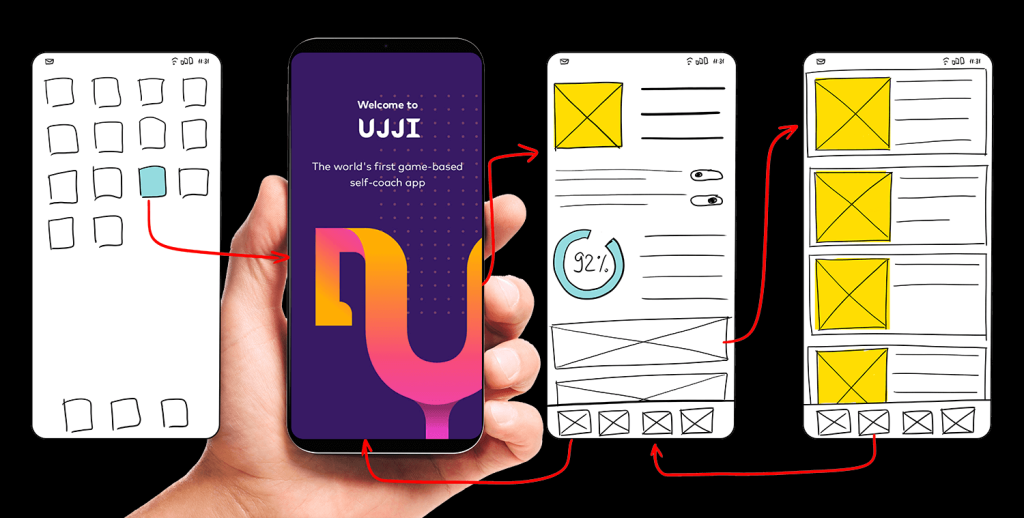
What is UI?
The user interface (UI) acts as the medium of interaction between a user and a device or technology. It comprises of a set of visual components and controls such as menus, buttons, and icons that enable users to control and interact with the system. UI can either be graphical, as seen on a smartphone or computer, or command-line based as found on a computer’s command-line interface.
An effective user interface should possess attributes such as ease of use, visual appeal, and should provide users with clear and consistent feedback. It should also be designed in such a way that it is intuitive and efficient, making it easy for users to perform the necessary tasks with ease.
In designing a user interface, the layout, visual elements, interactions, and feedback are taken into consideration to create a satisfying and user-friendly experience with the product. The process is iterative, requiring continuous testing and improvement, as designers work in tandem with developers and stakeholders.
What is the difference between UX and UI?
UX (User Experience) and UI (User Interface) are two closely related yet distinct fields in design. UX design focuses on the overall feel and flow of a product, from research and prototyping to testing and iteration. It aims to understand the user needs, motivations, and behaviors and create a product that meets their goals efficiently and effectively. UX design includes aspects such as information architecture, wireframing, and usability testing.
UI design, on the other hand, focuses on the look and feel of a product. It involves designing visual elements such as colors, typography, and iconography, as well as the layout and structure of a product’s interface.
Who is a UI designer?
A UI (User Interface) designer is a professional responsible for the design of the graphical interface of a product, such as a website or application. They are responsible for creating the look and feel of the product, including the layout, typography, color palette, and visual elements such as buttons and icons.
A UI designer works closely with UX designers and developers to ensure that the interface is aesthetically pleasing, user-friendly, and consistent with the overall design style of the product. They may also be involved in creating and testing prototypes, as well as updating and maintaining the visual design as the product evolves.
The role of a UI designer requires a strong understanding of visual design principles, as well as the ability to create wireframes, mockups, and prototypes using design software. Good communication and collaboration skills are also important, as the UI designer must work closely with other members of the design and development teams.